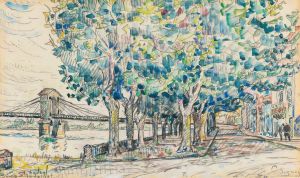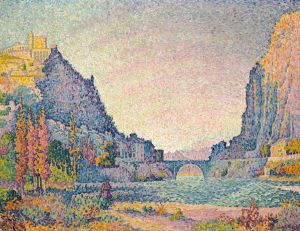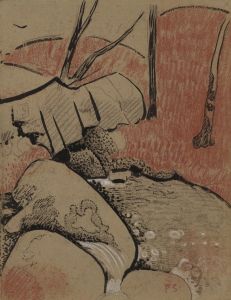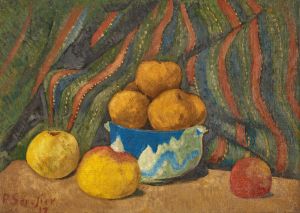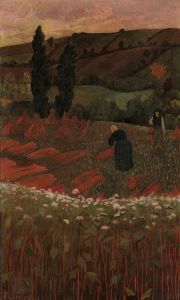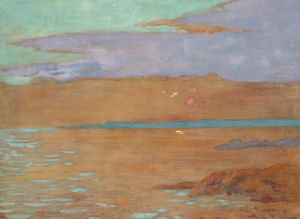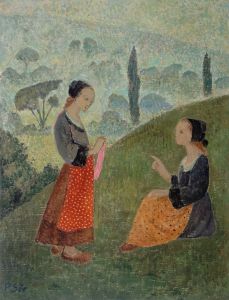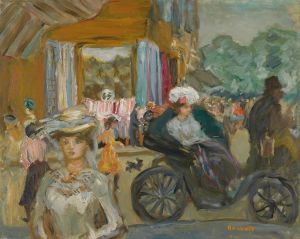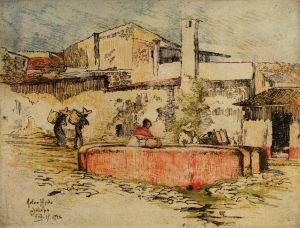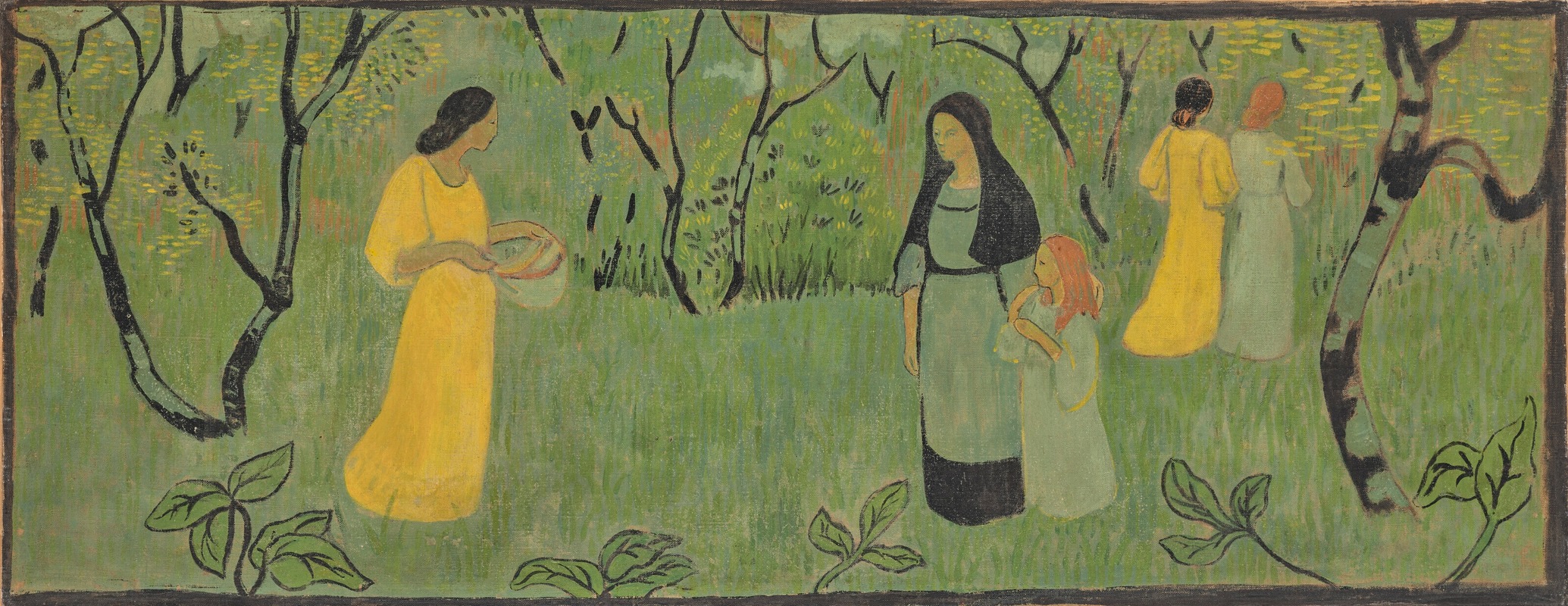
Promenade du Dimanche
A hand-painted replica of Paul Sérusier’s masterpiece Promenade du Dimanche, meticulously crafted by professional artists to capture the true essence of the original. Each piece is created with museum-quality canvas and rare mineral pigments, carefully painted by experienced artists with delicate brushstrokes and rich, layered colors to perfectly recreate the texture of the original artwork. Unlike machine-printed reproductions, this hand-painted version brings the painting to life, infused with the artist’s emotions and skill in every stroke. Whether for personal collection or home decoration, it instantly elevates the artistic atmosphere of any space.
Paul Sérusier's painting Promenade du Dimanche (translated as Sunday Walk) is a work by the French Post-Impressionist artist, who was a key figure in the Symbolist and Nabi movements. Sérusier, born in 1864, was known for his innovative approach to color and form, influenced by his interactions with Paul Gauguin and his involvement with the Nabis, a group of avant-garde artists active in the late 19th century.
Promenade du Dimanche reflects Sérusier's characteristic style, which often emphasized simplified forms, bold colors, and a departure from strict naturalism. The painting depicts a serene outdoor scene, likely capturing a leisurely Sunday walk, a common theme in 19th-century art that celebrated the growing middle-class pastime of enjoying nature and leisure activities. The composition is marked by its flat planes of color and decorative approach, hallmarks of Sérusier's work during his Nabi period.
The painting's exact date of creation is not widely documented, but it is consistent with Sérusier's mature style, which developed after his pivotal 1888 trip to Pont-Aven, where he worked closely with Gauguin. This encounter profoundly influenced Sérusier's artistic philosophy, leading him to embrace a more symbolic and subjective use of color, as seen in Promenade du Dimanche. Sérusier's works often sought to evoke an emotional or spiritual response rather than merely replicate the visible world.
As with many of Sérusier's paintings, Promenade du Dimanche reflects the Nabi group's broader interest in synthesizing art and life, as well as their rejection of academic traditions. The Nabis were inspired by Japanese prints, medieval art, and the decorative arts, all of which are evident in the stylized and harmonious composition of this painting.
The current location of Promenade du Dimanche is not widely recorded in public sources, and further details about its provenance or exhibition history remain limited. However, Sérusier's contributions to modern art, including works like this one, continue to be studied and appreciated for their role in the transition from Impressionism to more abstract and symbolic forms of expression.
This painting exemplifies Sérusier's dedication to exploring the emotional and symbolic potential of art, aligning with the broader goals of the Nabi movement to create works that transcend mere representation.







